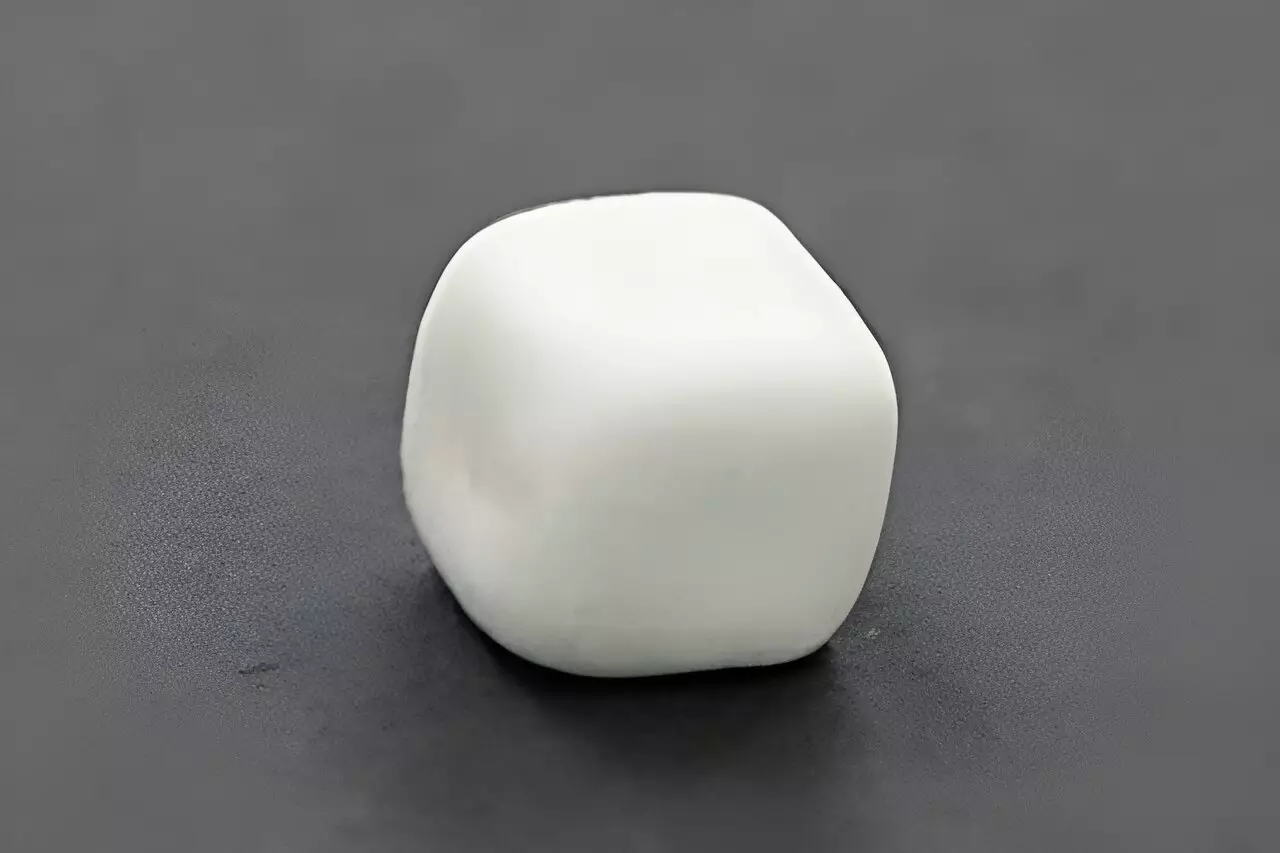The current generation of lithium-ion batteries has revolutionized the way we power our devices, but it’s not without its flaws. From slow charging speeds to limited battery life, these batteries have their shortcomings. However, recent research conducted at the Florida State University has given hope for a more efficient and safer alternative – solid-state batteries. In this article, we will delve into the breakthroughs made in solid-state battery technology and their potential to power the next generation of electronics.
Solid-state batteries offer several advantages over their liquid-electrolyte-based lithium-ion counterparts. Firstly, they are much safer, greatly reducing the risk of fire in the event of damage, short circuits, or overheating. Secondly, solid-state batteries have higher energy densities, meaning they can store more energy in the same amount of space. This translates to longer battery life for devices such as smartphones and tablets. The transition to solid-state batteries also presents an opportunity to improve the overall performance of electronic devices.
Until now, solid-state batteries have faced significant challenges that have hindered their widespread adoption. One of the most significant hurdles is the high cost of production and the difficulty in manufacturing them in large quantities. However, a research team led by Professor Yan-Yan Hu at Florida State University is working towards developing solid-state battery systems that address these issues. The team’s recent study focused on a new solid electrolyte design that has the potential to improve the performance of solid-state batteries and make them commercially viable.
Electrolytes play a vital role in batteries as they act as separators between the cathode and anode. They enable the movement of ions between the electrodes, allowing the battery to charge and discharge. In their research, the team at Florida State University analyzed the structures and properties of a promising electrolyte made of lithium chloride and gallium fluoride. Through their investigation, they discovered a strategy that enhances ion transport within the solid electrolyte.
A key finding of the study was the phenomenon of charge clustering within the electrolyte. The combination of chlorine and fluorine in the electrolyte resulted in charge clustering, which effectively freed up lithium ions. This phenomenon allowed for faster ion movement and more efficient charging and discharging of the battery. The researchers used the MagLab’s solid-state Nuclear Magnetic Resonance systems to gain insights into the structural characteristics of the electrolyte that contribute to ion transport.
What sets this electrolyte apart is its clay-like quality, which enables it to be shaped and molded to fit any space. This characteristic is highly advantageous as it improves the contact between the electrolyte and electrodes, enhancing overall battery performance. The ability to customize the shape of the electrolyte opens up new possibilities for design and integration within electronic devices.
The research collaboration between Florida State University and Samsung’s Advanced Institute of Technology has been instrumental in advancing solid-state battery technology. Samsung was the initial designer and synthesizer of the lithium-chloride and gallium-fluoride electrolyte used in this study. Alongside Samsung, numerous electronics companies are actively searching for the ideal solid-state battery that not only boosts performance and safety but can also be manufactured at scale in a cost-effective and efficient manner.
The journey towards widespread adoption of solid-state batteries has been a challenging one, but the recent breakthroughs made at the Florida State University provide a glimmer of hope. Solid-state batteries offer improved safety, higher energy densities, and longer battery life. By overcoming the challenges of production and manufacturing, researchers are paving the way for a future where our devices can be powered by more efficient and reliable energy storage solutions. The advancements in solid-state battery technology have the potential to revolutionize the world of electronics and bring us closer to a future powered by clean and sustainable energy.


Leave a Reply